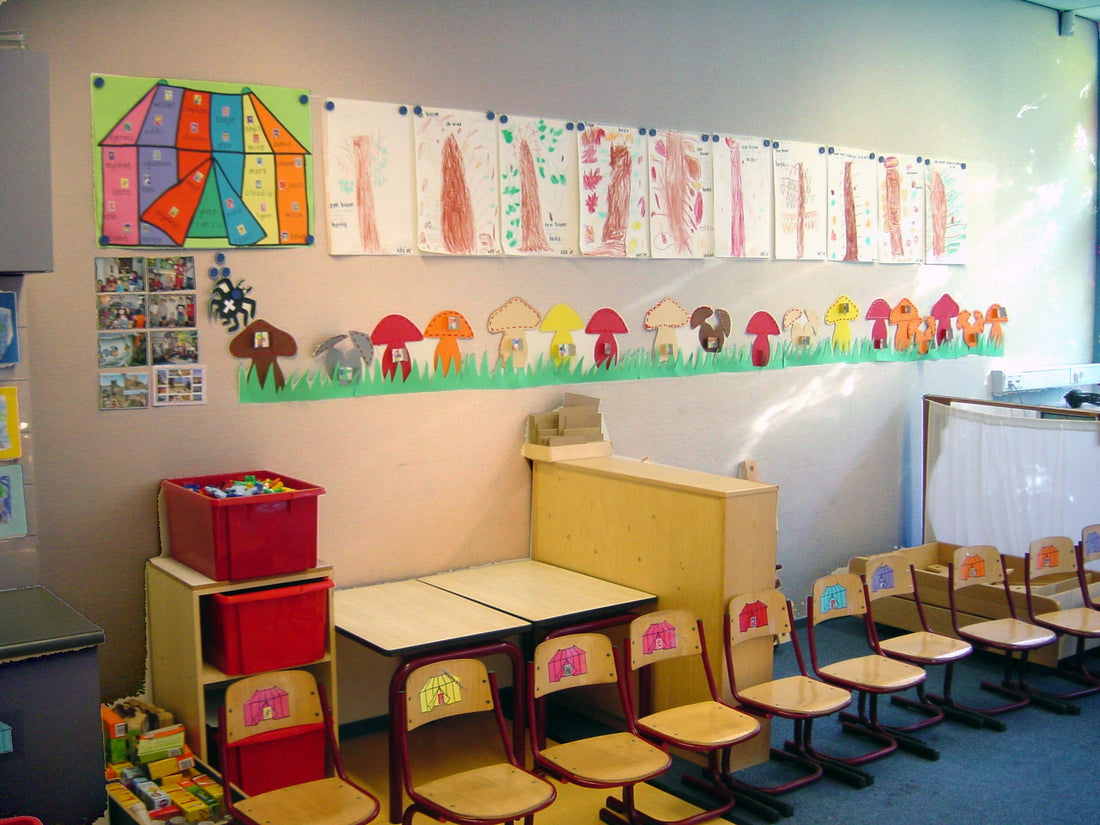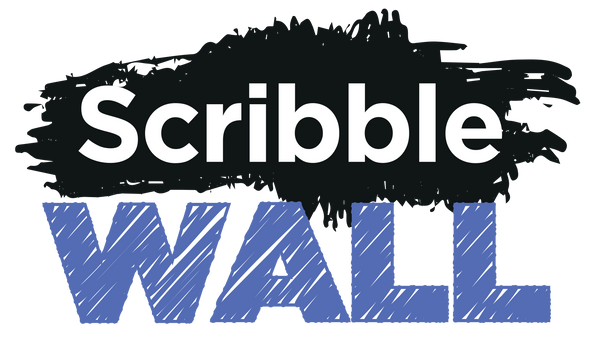
Magnetic Display Walls
Elizabeth DowningShare
It's so important to display children's schoolwork in the classroom. It promotes a positive learning culture, celebrates individual achievements, and encourages collaboration and growth among students.
Why not create a special magnetic area where you can hang displays and easily update them as your needs allow.
Magnetic display walls in the classroom can be a versatile and interactive tool for both teachers and students. The use of magnetic paint allows various elements to be attached to the wall using magnets.
Here are some advantages and ideas for using magnetic display walls in the classroom: Advantages:
- Interactive Learning: Magnetic display walls encourage active participation and engagement in lessons. Students can interact with the content by moving magnets, which can be particularly helpful for visual and kinesthetic learners.
- Customizable: Teachers can easily change and rearrange the display to match the lesson plan or accommodate different learning styles. This flexibility promotes dynamic teaching.
- Visual Aids: Visual aids are crucial in education. Teachers can use magnets to display diagrams, charts, maps, and other visual materials to supplement their lessons effectively.
- Organizational Tool: Magnetic walls can serve as a helpful organizational tool. Teachers can use magnets to post schedules, assignments, and important announcements. This helps keep students informed and organized.
- Collaboration: Students can work together on the magnetic wall, promoting collaboration and teamwork. They can create group projects, brainstorm ideas, and share their work with the class.
- Creativity: Encourage students to use the magnetic wall for creative projects. They can arrange magnets to create art, diagrams, or storyboards.
Ideas for Using Magnetic Display Walls in the Classroom:
- Math and Science: Teachers can use the magnetic wall to illustrate math problems, equations, and scientific concepts. For example, displaying a periodic table or a math equation can help students visualize and understand these subjects better.
- Language Arts: Create a word wall where students can arrange magnetic letters to form words and sentences. This can be especially beneficial for early readers and ESL students.
- History and Geography: Display maps and timelines to help students visualize historical events and geographical locations. Students can use magnetic markers to label and connect important points on the map. Art and
- Design: Encourage creativity by allowing students to create their own art pieces on the magnetic wall. They can arrange magnetic shapes, colors, and patterns to make unique designs.
- Classroom Management: Use the magnetic wall for classroom management purposes, such as a behavior chart or a reward system. Move magnets to reward or discipline students based on their behavior.
- Group Work: When students work in groups, they can use the magnetic wall to organize ideas, create mind maps, or plan group projects together.
- Interactive Quizzes and Games: Teachers can design interactive quizzes and games on the magnetic wall. Students can move magnets to answer questions or play educational games.
